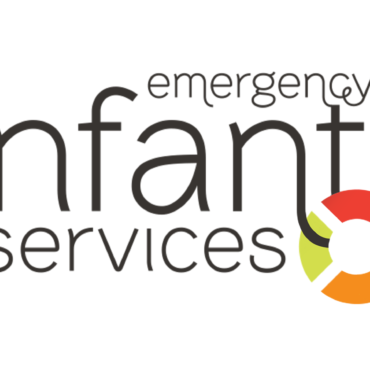This exhibition features abstract artworks by two of America’s most renowned Black artists: a colorful interpretation of a palm tree by Charles Gaines (b. 1944) and a pair of ghostly prints made directly from ironing boards by Willie Cole (b. 1955). The images are united by the curiously coded nature of their content. Gaines uses systems—math, a grid—to produce a sculptural work that both obscures and reveals an organic form. The resulting artwork studies less what the tree looks like, and more what it symbolizes or represents. Meanwhile, Cole uses ironing boards to create abstract images charged with the object’s history in domestic labor. They also evoke the form of a slave ship. Perhaps, abstraction is never empty of meaning, but always speaking in code—if we listen.
Since the 1970s, the artist Charles Gaines has applied seemingly objective systems to the subjective realm of art, using numbered grids to produce studies of trees. The results are sculptural works such as Numbers and Trees: Palm Trees Series 1, Tree #3, Julia B., from 2019, on generous loan to Philbrook Museum of Art from the collection of Sophia Bush Hughes and Grant Hughes. Such works are both beautiful and mysterious, and raise questions: Are objective and subjective systems actually distinct? Can a representation of a palm tree, which commonly elicits thoughts of the desert, tropics, or states such as California or Florida, ever be separated from what the form symbolizes?
Artist Willie Cole transforms ordinary items into charged symbols of the past. The two prints presented in this exhibition—both new acquisitions—are from the 2012 suite Five Beauties Rising. Cole created the works in this series by inking and then pulling prints from discarded ironing boards, which are objects associated with a generation of domestic Black female workers. The ghostly forms resemble many things, including reliquaries and drawings of slave ships. The titles—Anna Mae, Queen—come from the names of Cole’s ancestors in Savannah, Georgia, and evoke the troubling history of the American South. Cole’s prints suggest that the past always looms on, into the present.
Details:
- Philbrook Museum
- Through December 20, 2023
More information – Philbrook





